Hello! Nowadays, mountains are turning green and summer is coming. The kinen-kan in this museum closes for a month every June and we organize historical documents and works. We prepare new exhibitions, so please looking forward to open there in July. In this issue, we introduce about the charms of kamaba (rice steaming place) in the sakagura-kan that you can still see in June.
The building currently used as the sakagura-kan of the Sake Museum was renovated after the Great Hanshin-Awaji Earthquake from the former main sake brewery building of Tatsuuma-Honke Brewing, built in 1869. And then, it has already four years since the building, kamaba and the sake brewing tools were designated as Japan Heritage titled “Itami and Nadagōgō: The famous sake brewing region where Morohaku (sake brewed by white rice) of Itami and Kiippon sake of Nada (Kudarizake) were brewed” in June, 2020.
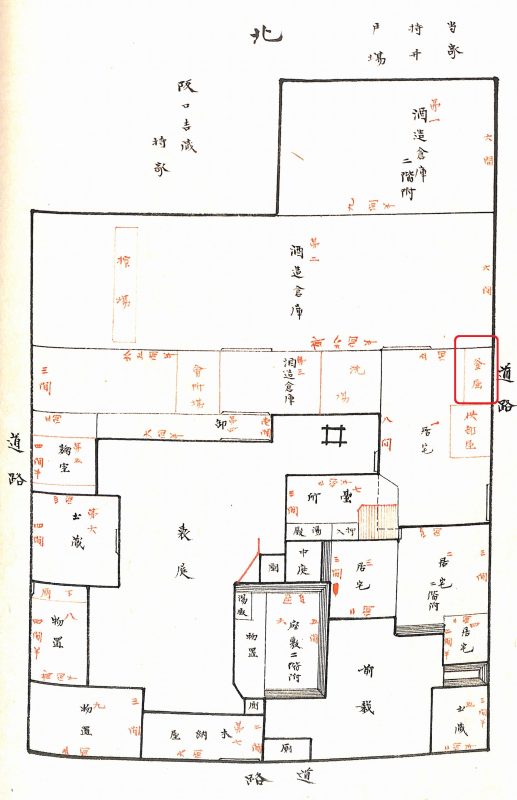
We mentioned briefly in a previous column, kamaba (or kamaya) is a place where hot water is boiled in a kama (kettle). The steam from this hot water is used to steam the rice in the koshiki (steamer). The scene for steaming of rice in a kama was also depicted in “Famous Products of Mountains and Sea in Japan”, which depicts sake brewing in the Edo period (1603-1867). In the Meiji period (1868-1912), kamaba became to build of brick.
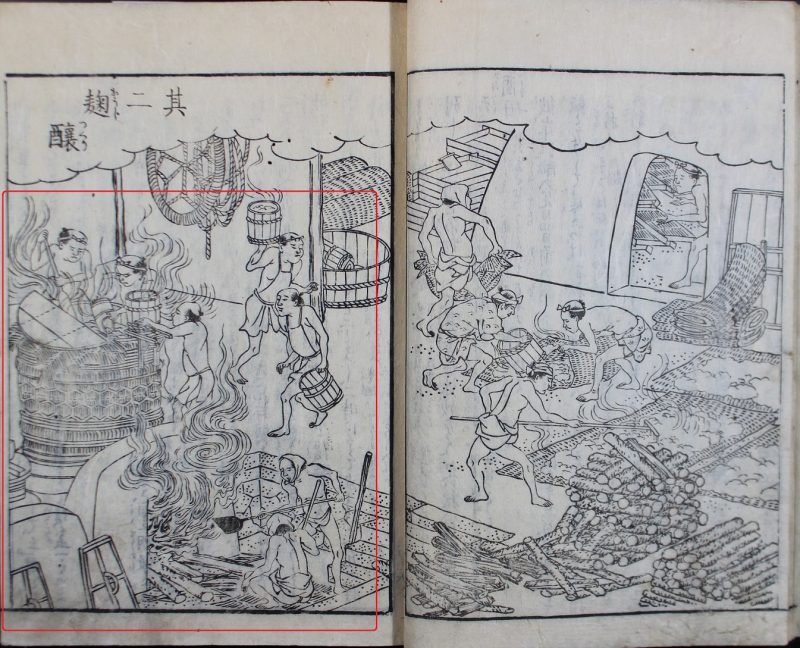
There are two main types of brick piling methods: French and English, with some styles named after countries, such as Dutch, German, and American style. In Japan, French style was most common at the beginning of the Meiji period, but English style increased from the middle of the Meiji period. The kamaba is also constructed in the English style, so it is thought that it was converted to brick construction in the mid-Meiji period or later.
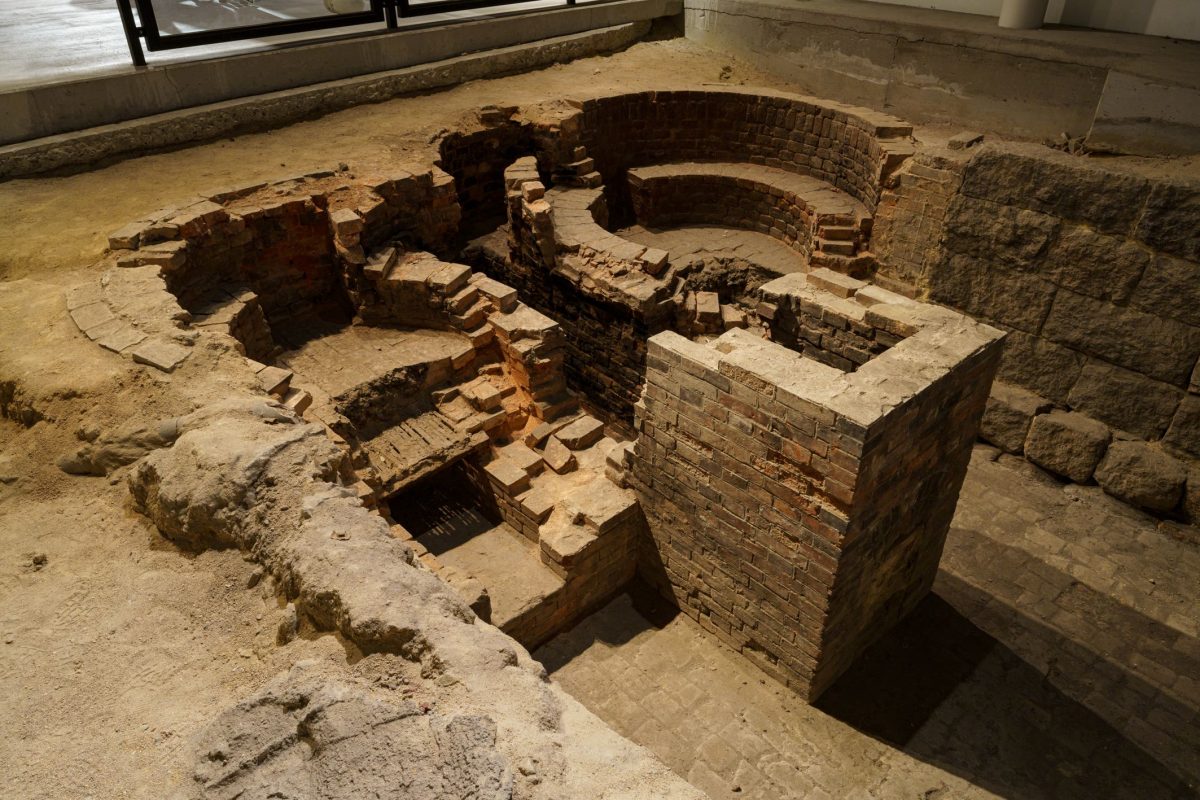
Where were these bricks used in sake brewery buildings made? Since bricks were used for various buildings after the Meiji era, bricks were actively produced in Sakai and Kishiwada in the Kansai region. Bricks that made in Osaka such as Sakai Brick Co. and Kishiwada Bricks have been excavated from the kamaba in the former main sake brewery building of Tatsuuma-Honke Brewing. Like this, the demand for bricks for sake brewery construction has been increasing since the mid-Meiji period, and in Nishinomiya, Kichizaemon Tatsuuma, Etsuzō Tatsuuma, and Han-emon Tatsuuma jointly established the Tatsuumagumi Brick Manufacturing Division in 1888, which also began brick production.
In this issue, we mainly introduced about bricks used in kamaba in the former main sake brewery building of Tatsuuma-Honke Brewing. There are many historical materials in this museum about Tatsuumagumi Brick Manufacturing Division. We would like to introduce it again. We look forward to seeing you again next time!


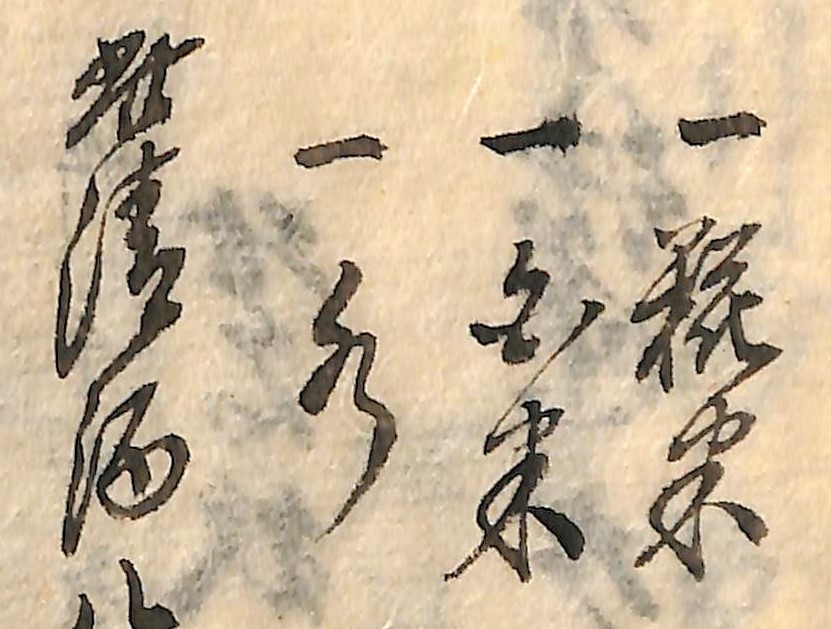
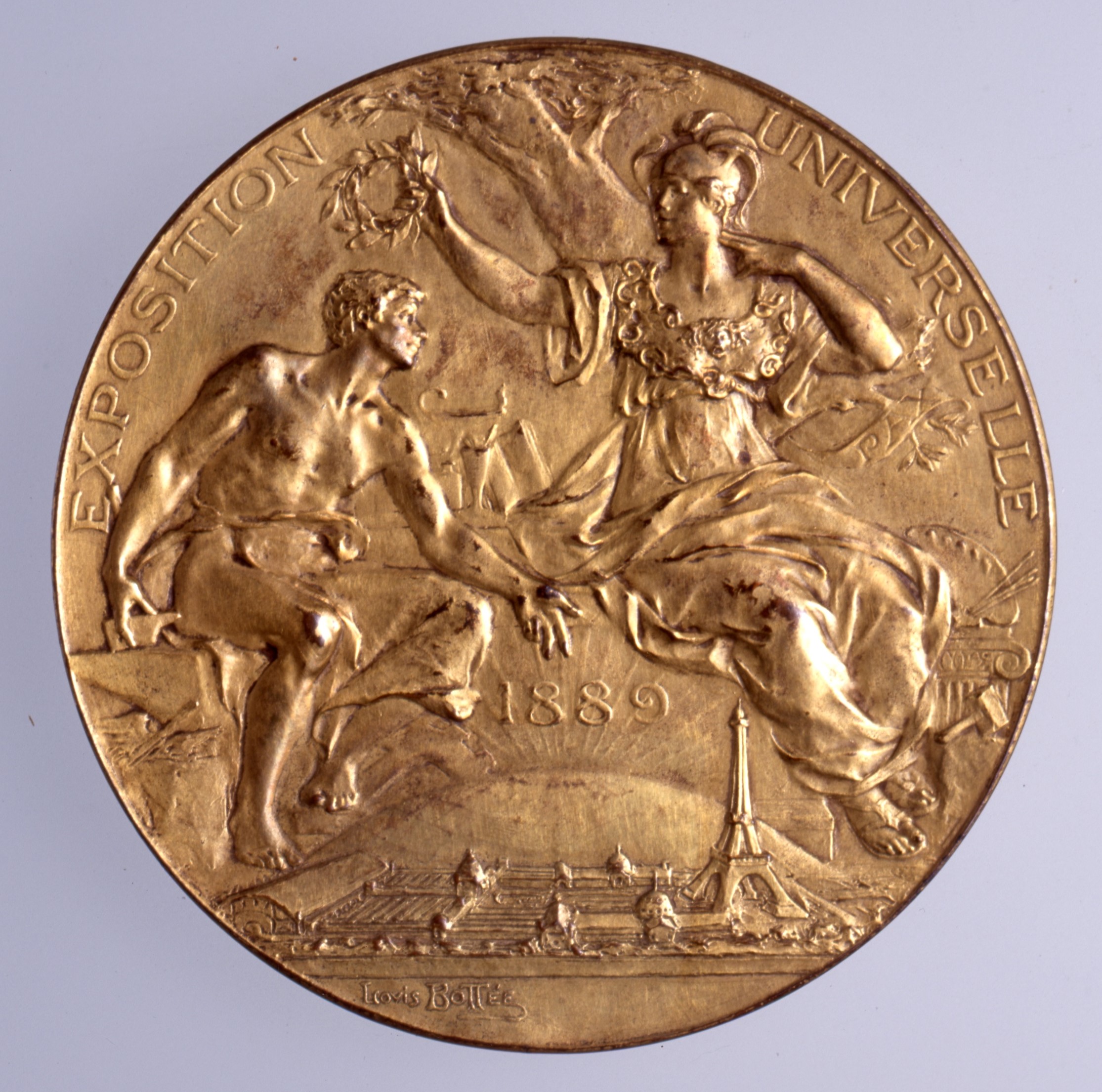
-scaled.jpg)


Making koji is the heart of sake brewing!!